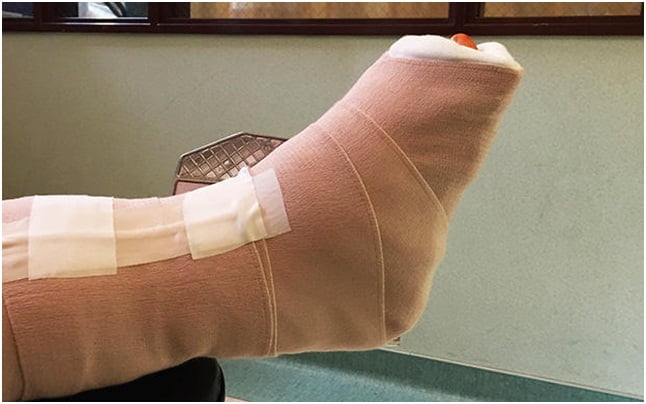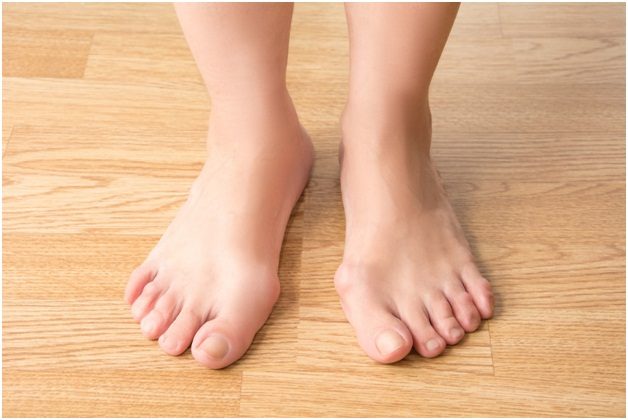Have you already heard of Bunion surgery? This type of foot surgery involves incising the side or top of the big toe joint and removing or realigning bones and soft tissue. The purpose is to relieve pain and brining the alignment of the joint back to normal.
Patients undergo bunion surgery when non-surgical treatments failed to resolve their bunion pain or if they have difficulty walking or doing their normal activities. If you’re considering a bunion surgery with Cremorne podiatry like ModPod Podiatry, here are some important things you need to know.
- Small wires, plates or screws may be used in order to hold the bones in place.
- An anesthetic that is particularly formulated for the foot is commonly used in this type of surgery. Also, a sedative may also be used by the surgeon during the procedure.
- There are more than a hundred surgeries for bunions. The best type of surgery depends on the particular condition of the patient.
Types Of Bunion Surgery
- Also called bunionectomy, this procedures entails the removal of part of the metatarsal head, or the part of the patient’s foot that is bulging out.
- Fusion of the patient’s big toe joint
- Fusion of the patient’s joint where the metatarsal bone connects the mid-foot
- Realignment of the ligaments around the patient’s big toe joint
- Making small incisions in the bones and realigning the bones into a normal position
- Removing the bone from the end of the first metatarsal bone, the one that joins with the base of the big toe joint. Both themetatarsal bones and big toeare reshaped, (called resection arthroplasty), at the metatarsophalangeal joint,
- Implant insertion of part of or all artificial joint
What To Expect After Surgery

Ideally, the recovery period after undergoing this type of surgery is 6 weeks to 6 months, though it still depends on the amount of bone and soft tissue affected. It may take 1 year to completely heal from the surgery.
Pins that stick out of the patient’s foot are ideally removed after 3 to 4 weeks. However, there are some cases that they are left in place up to 6 weeks.
It usually takes 7 to 21 days before removing the stitches.
When showering or taking a bath, you should always cover your foot in order to keep stitches dry.
Patients are recommended to use splints, special shoes, walking casts or wooden shoes. You can go back to wearing your regular pair of shoes after 4 to 5 weeks, and in some cases 3 to 4 months.
You shouldn’t put any weight on your foot for 6 to 8 weeks after the surgery in order to avoid complications as the soft tissues and bones remain steady as they recover.
There you have it- important things that you need to know about Bunion surgery. If you are suffering from Bunion pain and you were not able to cope with it after trying some non-surgical treatment, get orthotic solutions at ModPod Podiatry before it’s too late.




